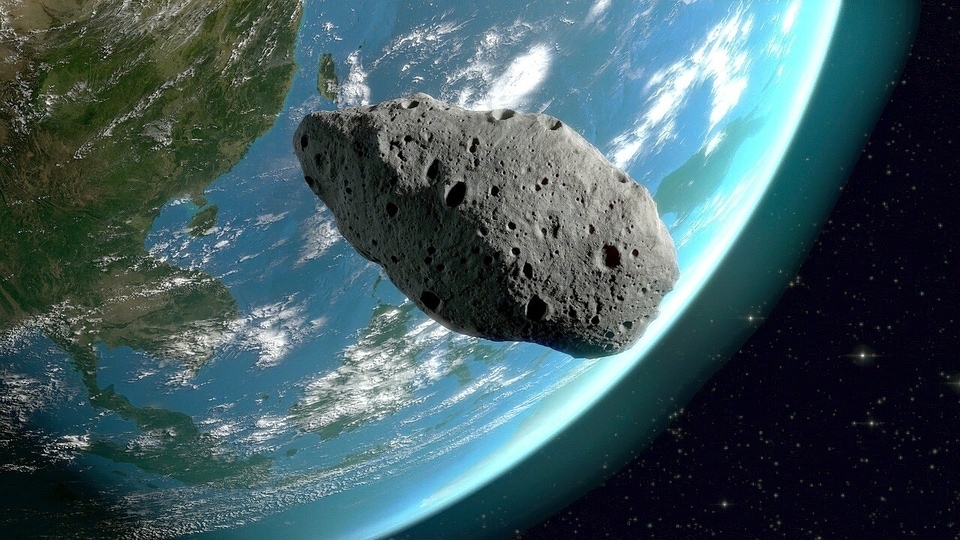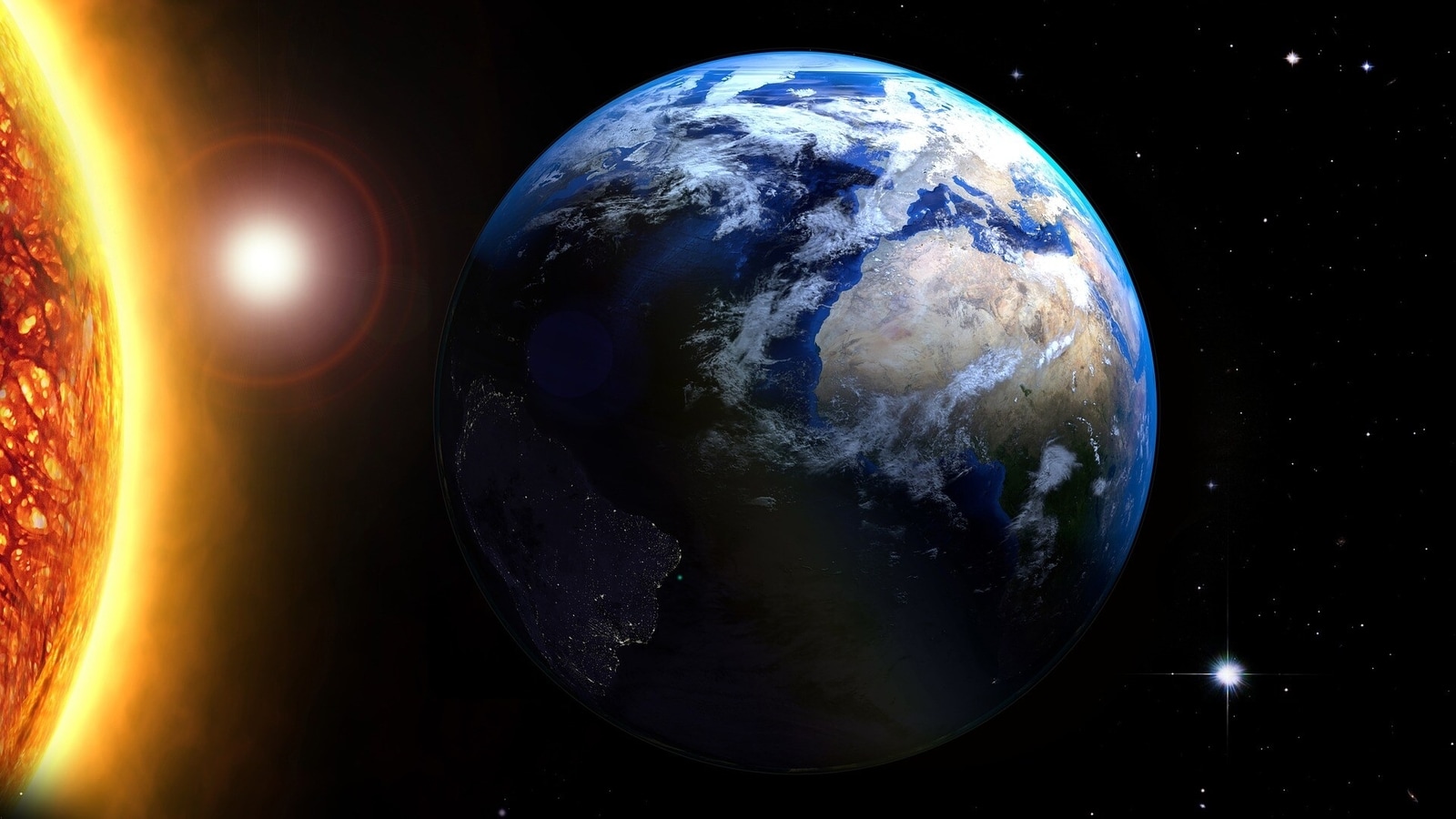Earth will be farthest from Sun on this date; know what Aphelion and Perihelion are
Aphelion occurs every year on July 6, when the Earth is Farthest from the Sun.






 View all Images
View all ImagesThe Earth orbits the Sun in an elliptical manner and that means there is a time in the year that it comes very close to the Sun and then goes to the farthest distance away from it. However, far does not mean it alters things significantly. The difference is minimal, but nevertheless, very much there. Well, this is the time of Aphelion. On July 6, the Earth will be the farthest from the Sun. You would think this would make the Earth cooler, but no such thing. Despite this fact, the Northern Hemisphere often encounters high temperatures during this time. Northern summer on Earth is 2 to 3 days longer than southern summer -- which gives the Sun even more time to bake the northern continents, reveals NASA.
Aphelion and Perihelion:
So, what do these terms actually mean? "Aphelion" refers Earth being at the farthest distance from the sun. On the other hand, "Perihelion" refers the fact when it is the closest, according to the Almanac. However, Earth's slightly elliptical orbit leads to distinct perihelion and aphelion moments each year. Perihelion occurred on January 4 in 2023, when Earth was 0.98 AU from the sun. However, on July 6, aphelion transpires, with Earth positioned at 1.01 AU from the sun, LiveScience revealed.
"Sunlight falling on Earth at aphelion is about 7% less intense than it is at perihelion," said Roy Spencer of NASA's Global Hydrology and Climate Center (GHCC).
Changing seasons
The primary factor behind the changing seasons is Earth's axial tilt of 23.5 degrees. During July, the Northern Hemisphere is tilted towards the sun, resulting in direct and intense sunlight that characterizes the summer. Conversely, the Southern Hemisphere tilts away from the sun, experiencing shorter days and colder temperatures, as reported by LiveScience.
Independence from Solstices:
Aphelion occurs shortly after the June solstice and perihelion aligns with the December solstice. However, these events are not directly linked. Due to this fluctuation, the dates of these occurrences shift by approximately one day every 58 years since the 13th century, as reported by timeanddate.com.
Catch all the Latest Tech News, Mobile News, Laptop News, Gaming news, Wearables News , How To News, also keep up with us on Whatsapp channel,Twitter, Facebook, Google News, and Instagram. For our latest videos, subscribe to our YouTube channel.































